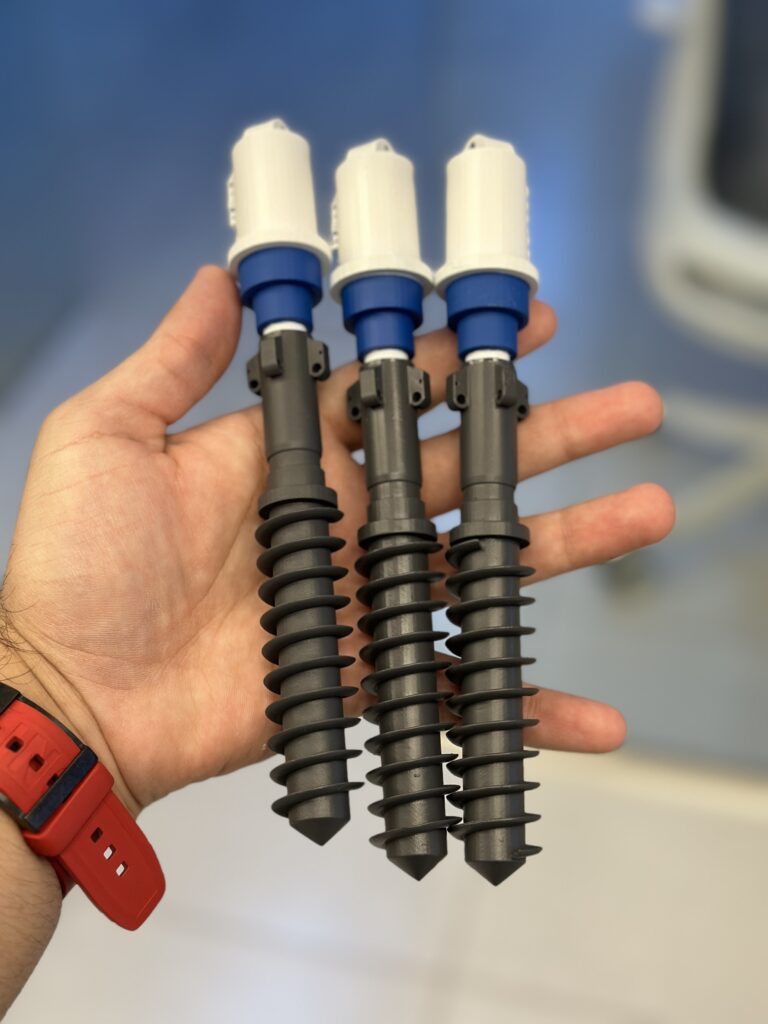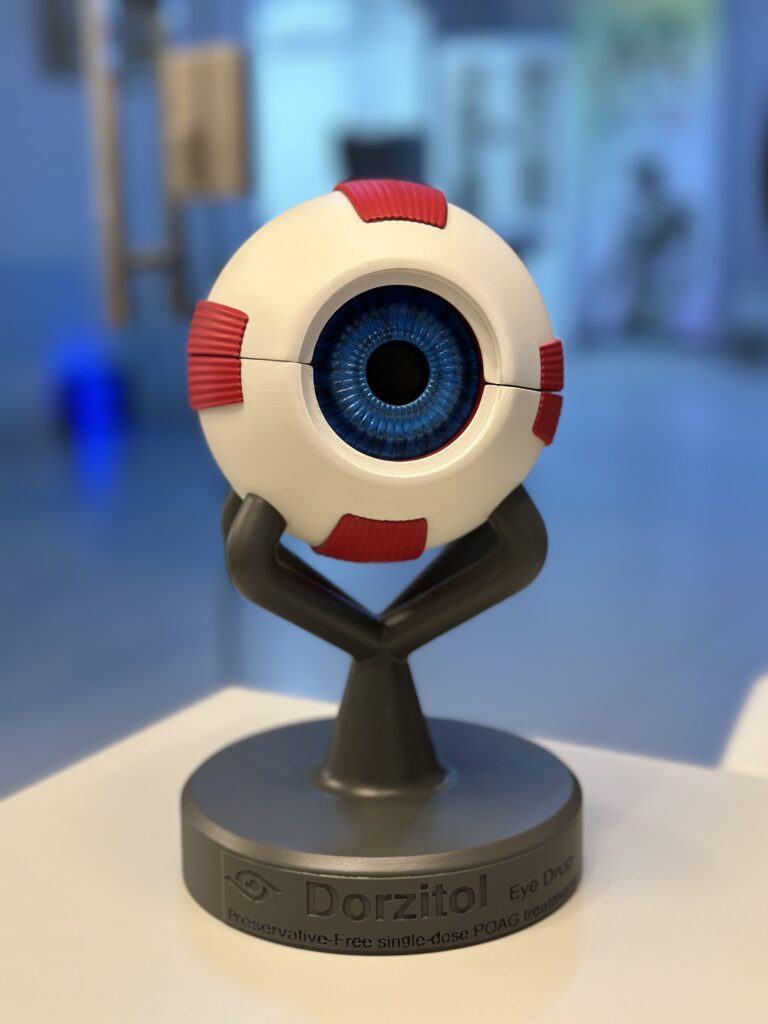In the realm of additive manufacturing, Fused Deposition Modeling (FDM) stands as one of the most widely used and accessible technologies. FDM has revolutionized multiple industries and democratized the creation of prototypes, tools and even used parts.
What Is Fused Deposition Modeling ( Fdm) 3d Printing?
Fused Deposition Modeling (FDM) is one of the most widely used 3D printing technologies, known for its simplicity, versatility, and affordability. Developed by Scott Crump in the late 1980s and commercialized by Stratasys, FDM is a type of additive manufacturing process where material is deposited layer by layer to create a three-dimensional object. This method is commonly used for prototyping, manufacturing, and even in hobbyist projects due to its accessibility and cost-effectiveness.

How Does It Work ?
The FDM process involves the following key steps:
- Design Creation: The process begins with creating a digital model of the object using Computer-Aided Design (CAD) software. This digital file is then converted into a format that the 3D printer can interpret, typically a .STL or .OBJ file.
- Slicing: The 3D model file is imported into slicing software, which divides the model into thin horizontal layers. The slicer generates a G-code file that provides instructions for the 3D printer on how to construct each layer.
- Material Loading: The printer is loaded with thermoplastic filament, which is the material used to build the object. Common materials include PLA, ABS, PETG, and nylon.
- Printing: The printing process starts with heating the print bed and the extruder to the appropriate temperatures. The filament is fed into the extruder, where it is melted and extruded through a nozzle. The nozzle deposits the material layer by layer, following the G-code instructions, to build the object from the bottom up.
- Cooling and Solidifying: As the filament is extruded, it cools and solidifies almost immediately, bonding with the layer below it. The print bed may have a heated surface to help with adhesion and prevent warping.
- Post-Processing: Once printing is complete, the object may require some post-processing. This can include removing support structures, sanding, or further finishing techniques to achieve the desired surface quality.
Benefits Of FDM 3D Printing
FDM 3D printing offers numerous advantages, making it a popular choice for a variety of applications:
1) Cost-Effective: FDM printers and materials are relatively inexpensive compared to other 3D printing technologies, making it accessible for individuals, small businesses, and large enterprises alike.
2) Ease of Use: FDM printers are user-friendly, with straightforward setup and operation. Many models are designed for desktop use, making them convenient for various environments.
3) Material Variety: FDM supports a wide range of thermoplastic materials, each with unique properties, such as flexibility, strength, and heat resistance. This versatility allows for the production of parts tailored to specific requirements.
4) Rapid Prototyping: FDM enables quick turnaround times for prototypes, allowing designers and engineers to iterate and test their designs rapidly. This accelerates the product development cycle and reduces time to market.
5) Customization: FDM is ideal for producing customized parts and low-volume production runs. This is particularly beneficial in industries such as healthcare, where patient-specific models and prosthetics can be created.
6) Minimal Waste: Unlike subtractive manufacturing processes, FDM generates minimal waste since it only uses the material needed to build the object. This makes it an environmentally friendly option.
Solutions and Applications
FDM 3D printing finds applications across various industries, offering innovative solutions to complex challenges:

- Aerospace: Lightweight and strong components, such as brackets and housings, can be produced using high-performance thermoplastics, reducing overall aircraft weight and improving fuel efficiency.
- Automotive: FDM is used for creating functional prototypes, custom tools, and even end-use parts, enabling faster development cycles and reduced production costs.
- Healthcare: Custom medical devices, anatomical models for surgical planning, and patient-specific implants are some of the critical applications of FDM in the medical field.
- Education: FDM printers are widely used in educational institutions for teaching engineering, design, and manufacturing principles, providing hands-on learning experiences for students.
- Consumer Goods: From personalized products to small-scale manufacturing, FDM allows for the creation of unique items tailored to individual preferences.
- Manufacturing: Jigs, fixtures, and assembly aids can be quickly and cost-effectively produced with FDM, enhancing manufacturing processes and reducing downtime.
Materials We Use In FDM 3D Printing
Fused Deposition Modeling (FDM) 3D printing supports a variety of thermoplastic materials, each with unique properties suited to different applications. Below are detailed descriptions of some commonly used materials:
- PLA+ (Polylactic Acid Plus)
PLA+ is an enhanced version of standard PLA, designed to offer better mechanical properties and print quality. PLA is a biodegradable thermoplastic derived from renewable resources like cornstarch or sugarcane.
Properties:
- Ease of Use: PLA+ is easy to print with, making it suitable for beginners. It has a lower melting temperature and doesn’t require a heated bed.
- Strength and Durability: PLA+ is tougher and less brittle than standard PLA, offering improved impact resistance and durability.
- Surface Finish: It provides a smooth, glossy finish with minimal warping and good layer adhesion.
- Environmental Impact: Being biodegradable, PLA+ is environmentally friendly compared to other plastics.
Applications:
- Prototypes and concept models
- Consumer products
- Decorative items
- Educational projects
- PETG (Polyethylene Terephthalate Glycol-Modified)
PETG is a thermoplastic polyester that combines the ease of use of PLA with the strength and durability of ABS. It is glycol-modified, which makes it clearer and less brittle.
Properties:
- Strength and Flexibility: PETG offers excellent strength and toughness, making it more flexible than PLA but not as rigid.
- Chemical Resistance: It has good resistance to chemicals and moisture, making it suitable for outdoor applications.
- Transparency: PETG is available in clear variants, offering good optical clarity.
- Printing Ease: PETG is relatively easy to print with minimal warping and good layer adhesion, but it requires a heated bed.
Applications:
- Mechanical parts and enclosures
- Bottles and containers
- Protective gear
- Medical applications (e.g., face shields)
- ABS (Acrylonitrile Butadiene Styrene)
ABS is a widely used engineering plastic known for its toughness and impact resistance. It is a petroleum-based thermoplastic commonly used in injection molding.
Properties:
- Strength and Durability: ABS is strong and durable, making it suitable for functional parts and prototypes.
- Heat Resistance: It has better heat resistance than PLA, making it suitable for applications that require higher temperature performance.
- Surface Finish: ABS can be post-processed easily with sanding, machining, or acetone vapor smoothing to achieve a glossy finish.
- Printing Challenges: ABS requires a heated bed and an enclosed printing environment to prevent warping and cracking due to its higher printing temperature.
Applications:
- Automotive parts
- Consumer electronics (e.g., enclosures, cases)
- Toys (e.g., LEGO bricks)
- Industrial components
- Carbon Fiber Reinforced Filament
Carbon fiber reinforced filaments are composite materials made by infusing carbon fibers into a base polymer (often PLA, PETG, or nylon). This enhances the mechanical properties of the base material.
Properties:
- Strength and Stiffness: Carbon fiber filaments are significantly stronger and stiffer than the base polymers, providing high rigidity and low weight.
- Surface Finish: They produce a matte, textured finish with a unique appearance due to the carbon fibers.
- Printing Considerations: These filaments can be abrasive, requiring hardened steel nozzles to prevent wear. They also need careful handling to avoid clogging and to ensure good layer adhesion.
Applications:
- Aerospace and automotive components
- Sporting goods
- High-performance prototypes
- Structural parts
- TPU (Thermoplastic Polyurethane)
TPU is a flexible, rubber-like material known for its elasticity and durability. It is a type of thermoplastic elastomer (TPE).
Properties:
- Flexibility: TPU is highly flexible and elastic, making it suitable for applications that require bending, stretching, and compressing.
- Durability: It offers excellent abrasion resistance and wear properties, making it suitable for demanding environments.
- Chemical Resistance: TPU is resistant to oils, greases, and a variety of chemicals.
- Printing Challenges: TPU can be challenging to print due to its flexibility, requiring slower print speeds and careful extrusion settings.
Applications:
- Flexible hinges and joints
- Phone cases
- Wearable devices
- Seals and gaskets
- Custom grips and handles
CONCLUSION
Fused Deposition Modeling (FDM) 3D printing is a versatile, cost-effective, and user-friendly technology that continues to revolutionize the way we design and manufacture products. Its ability to quickly produce prototypes, custom parts, and low-volume production runs makes it an invaluable tool across various industries. As advancements in materials and printer capabilities continue, the potential applications of FDM 3D printing will only expand, offering even more innovative solutions to meet the demands of the modern world.
The versatility of materials available for FDM 3D printing allows for a wide range of applications across various industries. Each material offers unique properties that can be leveraged to meet specific project requirements, from prototyping and consumer goods to industrial components and medical devices. Understanding the characteristics of each material is crucial for selecting the right one for your needs, ensuring optimal performance and quality in your 3D printed projects.


